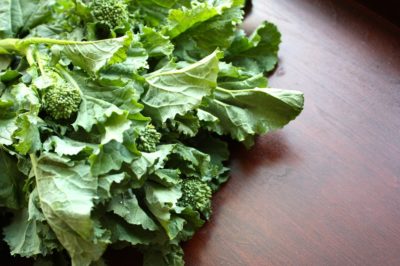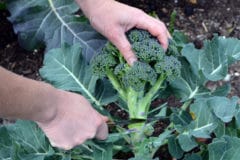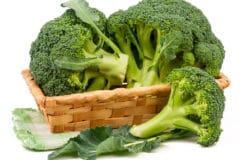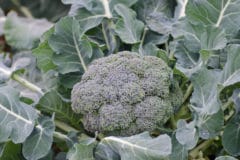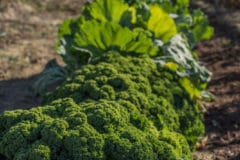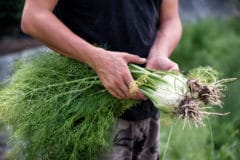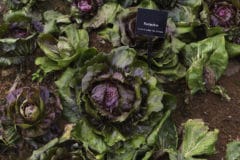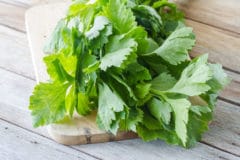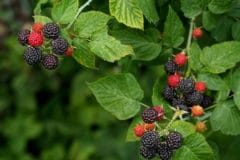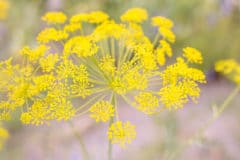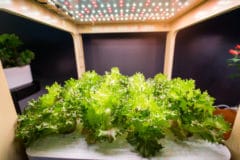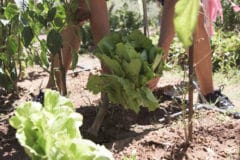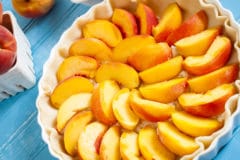Growing Broccoli for the Leaves
Broccoli thrives in cool weather, forming dense heads or long stalks of unopened flower buds, depending on the variety, when it is ready for harvest. The leaves are also edible, and besides being tender and tasting good, broccoli leaves are packed with nutrients, especially vitamin A.
If you want to grow broccoli leaves to eat, you can grow any variety of broccoli and simply pick the leaves as well as the flower head or stalks. It is best to pick the leaves after you harvest the head or stalks, because the leaves provide the plant with energy needed for growing and staying healthy.
However, you can selectively pick a few smaller leaves as the plants are growing, as long as you do not harvest too many and are careful to leave large leaves for providing the growing plant with energy.
There are also varieties of broccoli which produce mainly edible leaves, including the variety called Spigariello Liscia, which you can grow for a bigger, continuous crop of broccoli leaves.
Another variety called broccoli rabe, also known as rapini, produces many slender flower shoots and also an abundance of leaves, which are harvested together and are an important ingredient in many Italian and Portuguese dishes.
Broccoli Leaves are Super-Nutritious
While a cup (100 grams) of broccoli taken from a mature head contains an average of 570 IU of vitamin A, a cup (100 grams) of cooked broccoli leaves contains an amazing 16,000 IU of this important vitamin.
Broccoli leaves also contain high levels of other vitamins and minerals, similar to the flower heads and stalks. A one cup (100 gram) serving of broccoli leaves contains:
- Calcium: 48 mg
- Iron: .9 mg
- Vitamin C: 48 mg
A serving of broccoli leaves has only 28 calories, very low levels of unsaturated fats, and no saturated fats.
Cooking and Eating Broccoli Leaves
Broccoli is closely related to kale, cabbage, collards, and turnip greens, and cooking broccoli leaves is similar to preparing these other vegetables. In flavor and cooking style, broccoli leaves are most similar to kale and collards.
The flavor of broccoli leaves is much like the flavor of broccoli stalks and flower heads, but the leaves can have a stronger broccoli-like flavor and a mildly bitter taste, which goes well sautéed with garlic and red pepper. However, broccoli leaves can also be quite sweet, depending on how the plants are grown and when they are harvested.
The flavor of broccoli leaves becomes stronger the longer the plant grows, and increased bitter flavors develop when the plants are subjected to hot weather.
When cooking larger leaves, cut out the main vein in the center of the leaf, as this part can become fibrous. When cooking smaller leaves, taking out the center vein is not necessary, as the entire leaf is tender.
Broccoli leaves can be chopped and steamed like spinach, added to soups, or stir-fried with other vegetables, meat, or chicken. One tasty way for preparing broccoli leaves is to sauté them with garlic and bacon, then serve with a sprinkle of Parmesan cheese.
Small, young leaves from the broccoli plant can also be eaten raw by adding them to salads, or they can be juiced like kale, spinach, and chard.
